The Normandy - A little history never hurt anyone
Argitaratu: 10.09.2018

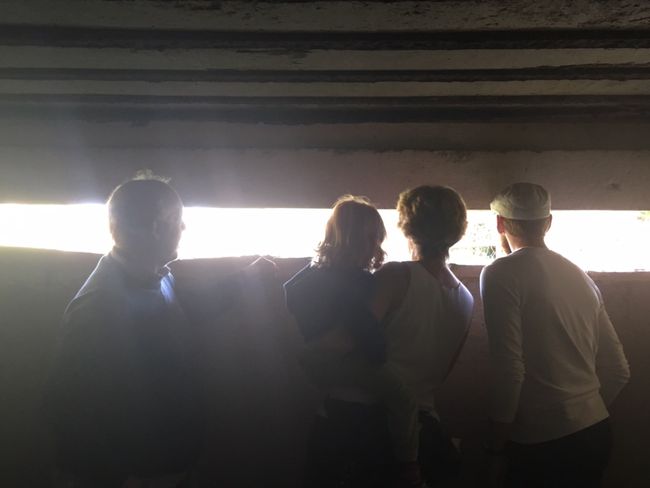
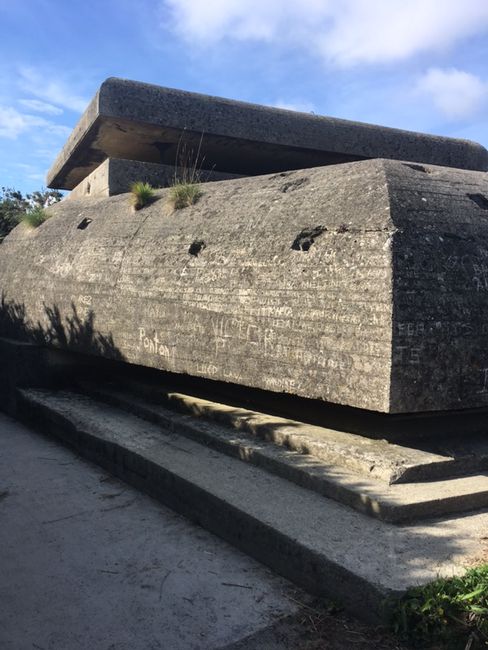
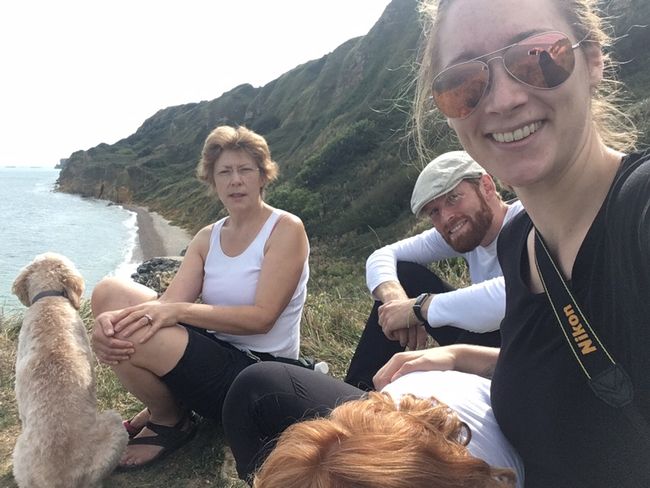
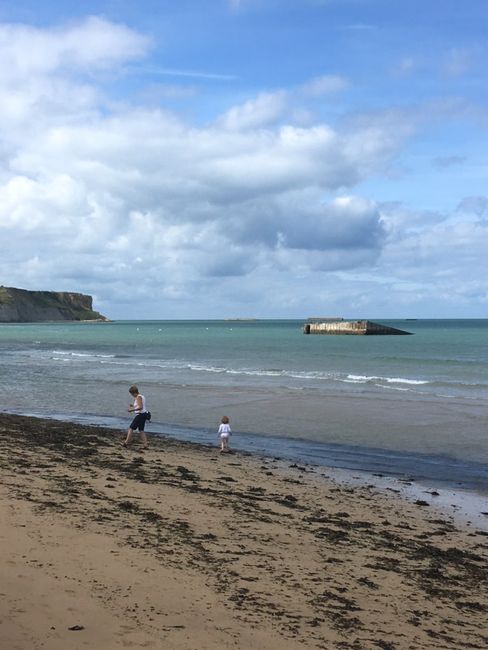
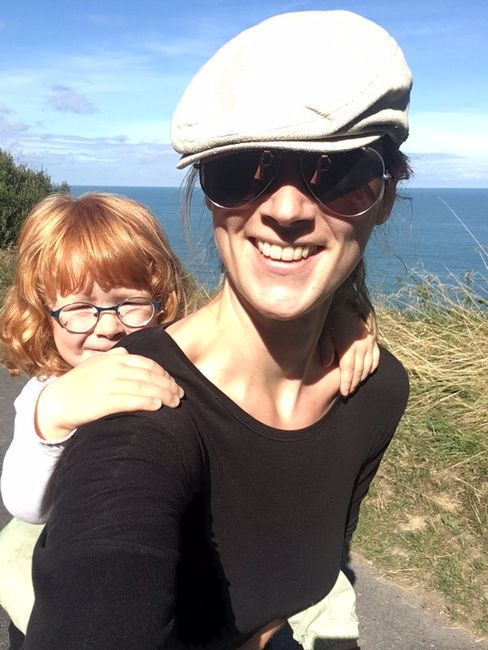
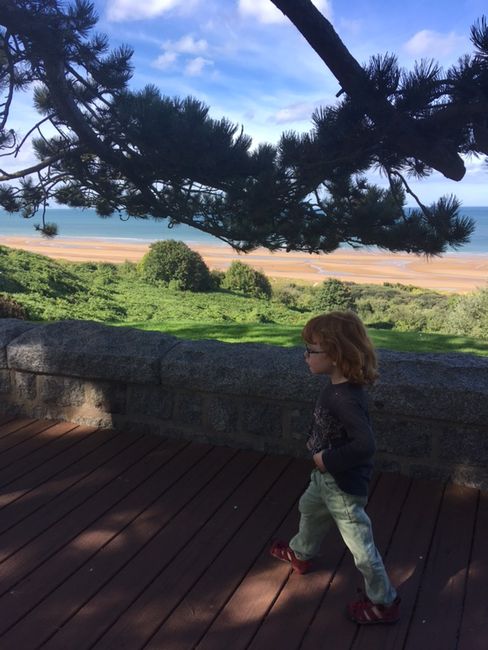
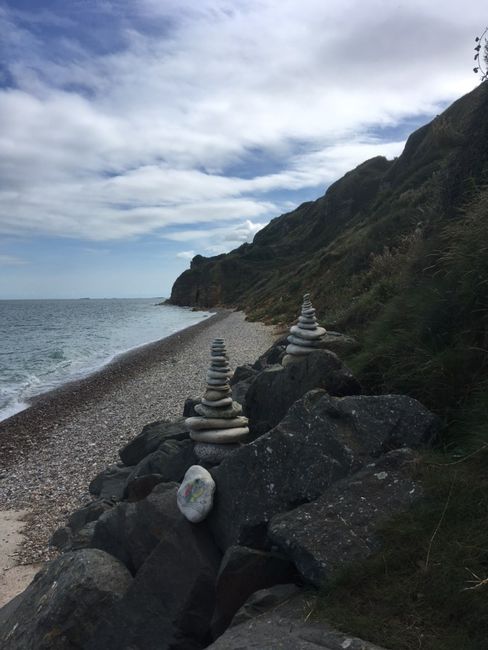
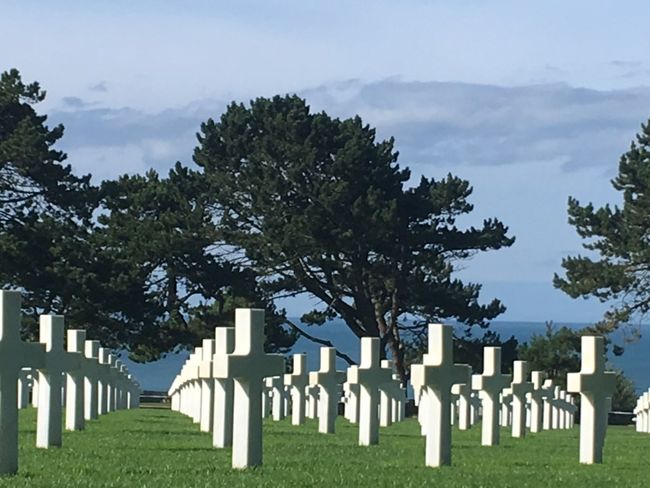
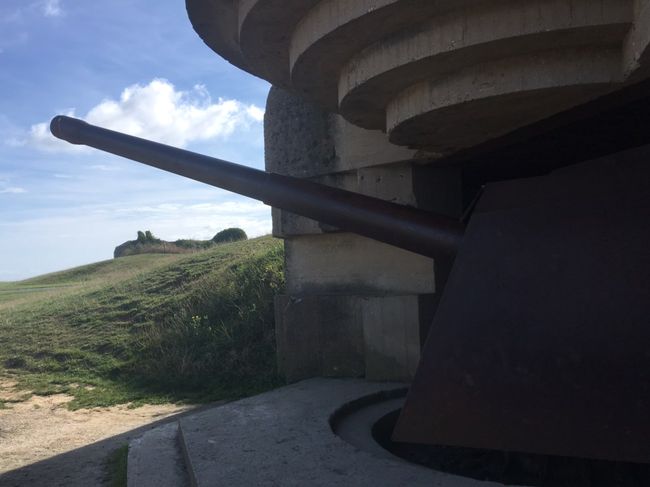
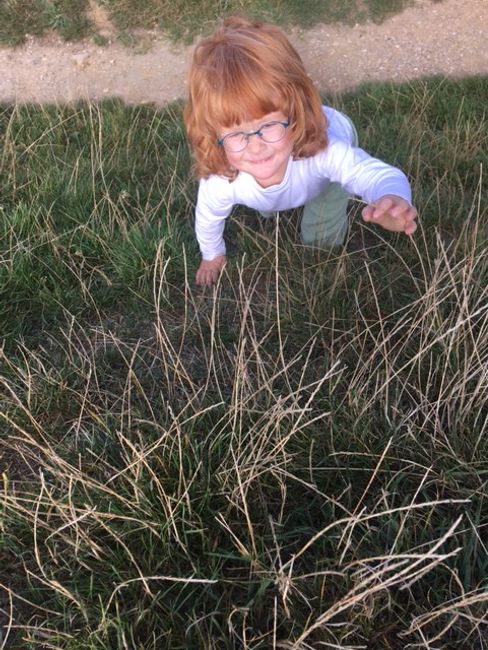
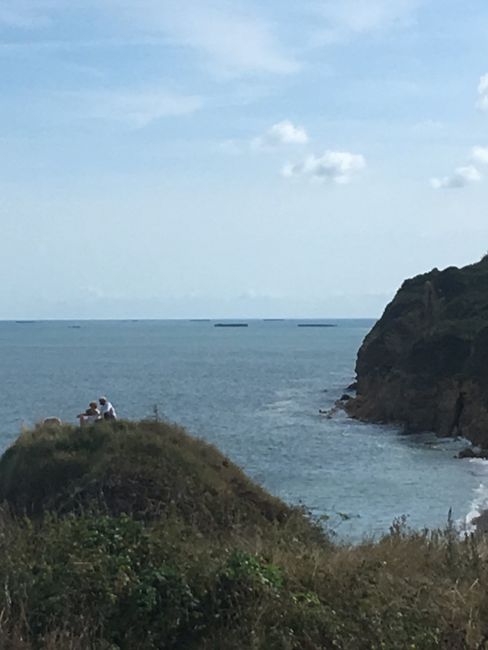
Harpidetu Buletinera
We made it through everyday life for nine weeks before we gave in again: the peak season at work, the persistent heat, and the wanderlust were too overpowering. We were invited to discover my mom's favorite places in Normandy on the occasion of her 60th birthday. After Marco and Kathi's wedding party (Lars' brother and sister-in-law), we grabbed our mobile rental accommodation and drove 11 hours to Longues sur Mer, where Ida was already waiting with her grandparents.

The first stop is the German coastal artillery batteries. Somehow, the silent witnesses of World War II are not a nice way to start a vacation, but we believe that it is something you should see, or even refresh your memory. Naturally, D-Day was part of the curriculum at school, and as history enthusiasts, we have watched many documentaries. So, we are well aware of what happened 75 years ago on the northern French coast. However, actually looking out of the loopholes at the sea is a completely different experience.
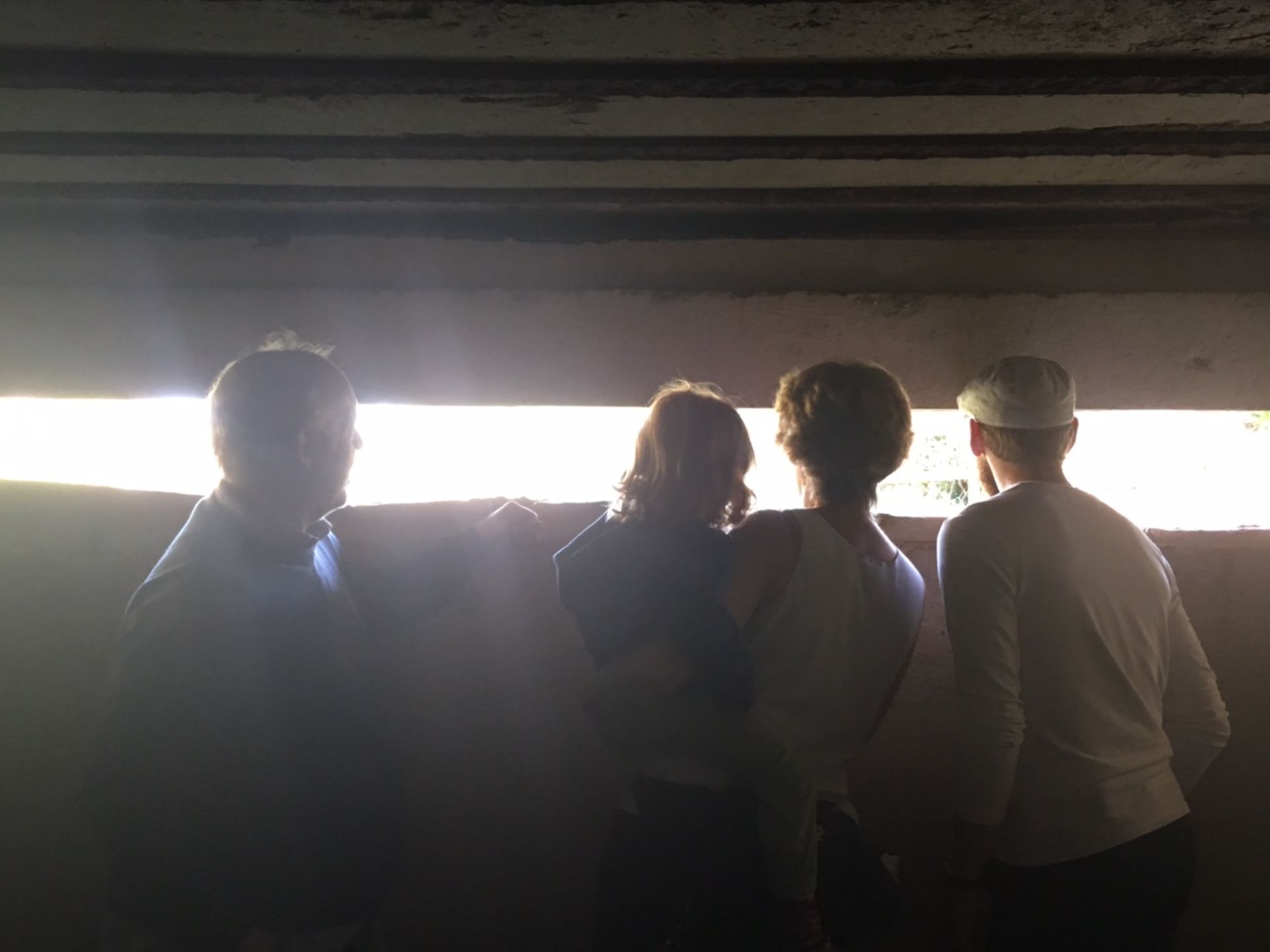
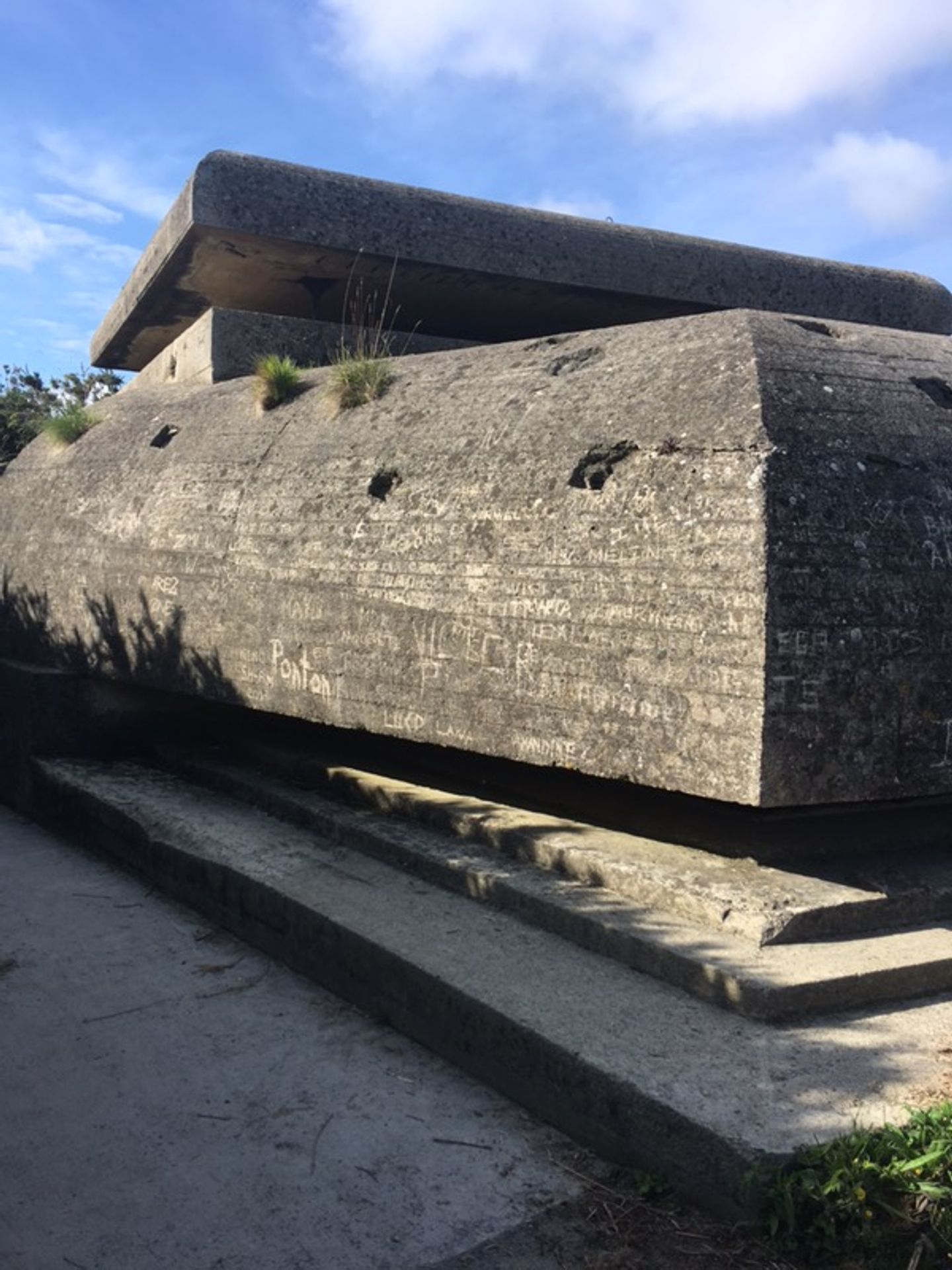
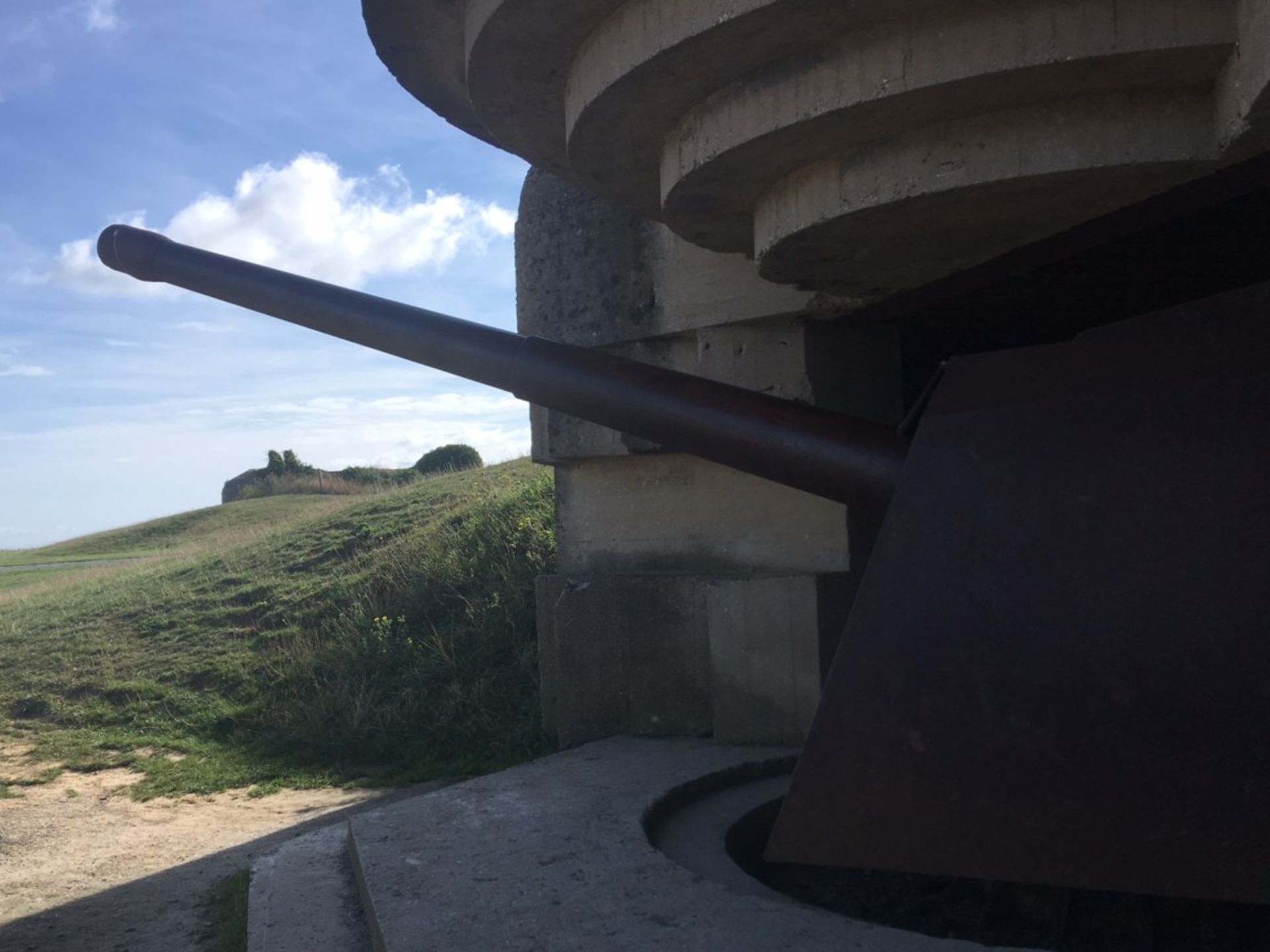
Knowing how many people lost their lives here, how much suffering and cruelty took place (both physically and mentally), it is more than disconcerting to walk around in the concrete bunkers. It almost feels wrong to play here with Ida, to run against each other and enjoy life.
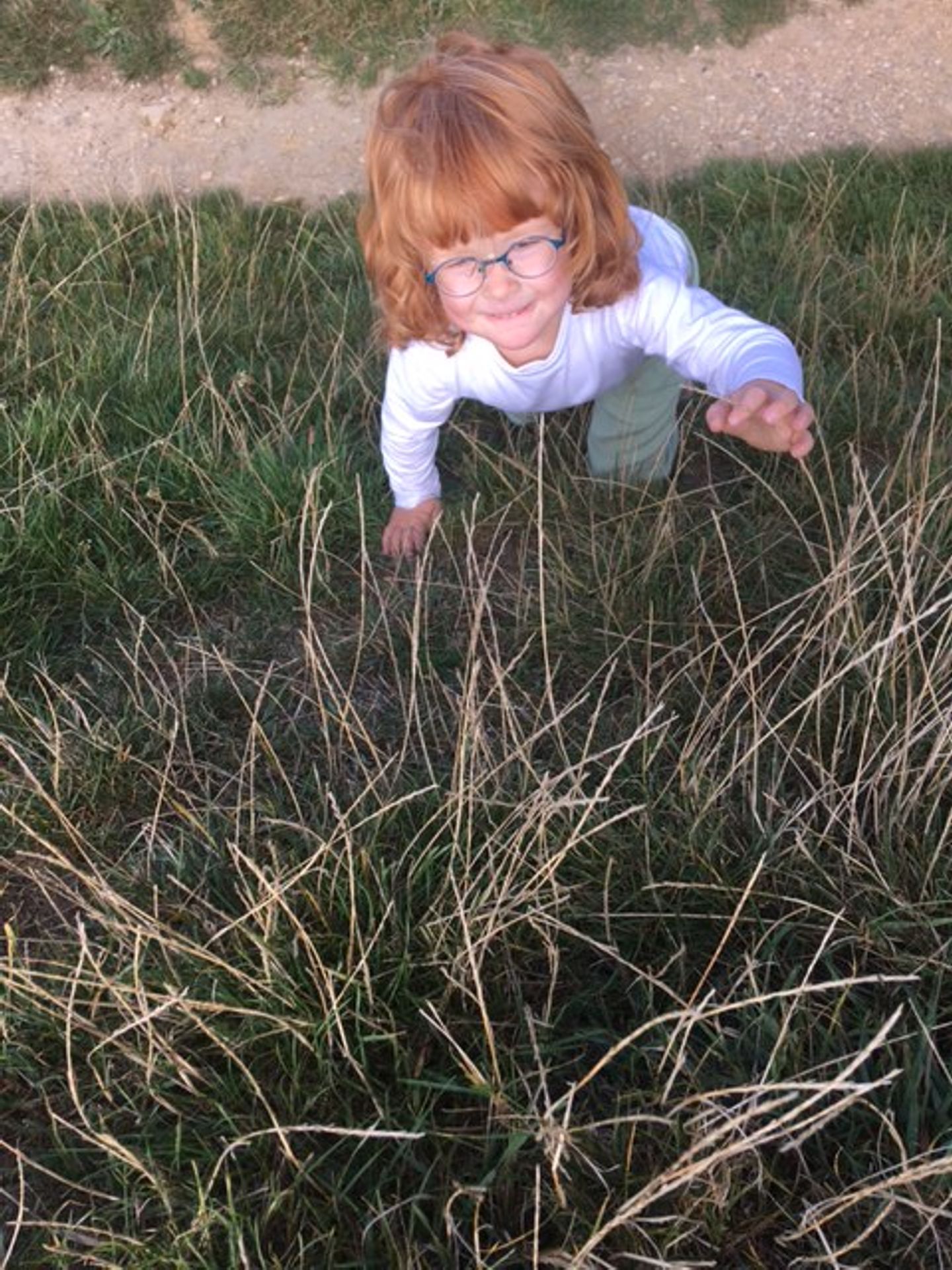
But, as they say, ignorance is bliss. And so it shall remain. We didn't tell Ida what these strange structures were built for, and thankfully she didn't further question why so many ammunition depots were needed. She will be confronted with the 'question of guilt' soon enough, so let her enjoy her carefree life here and now.
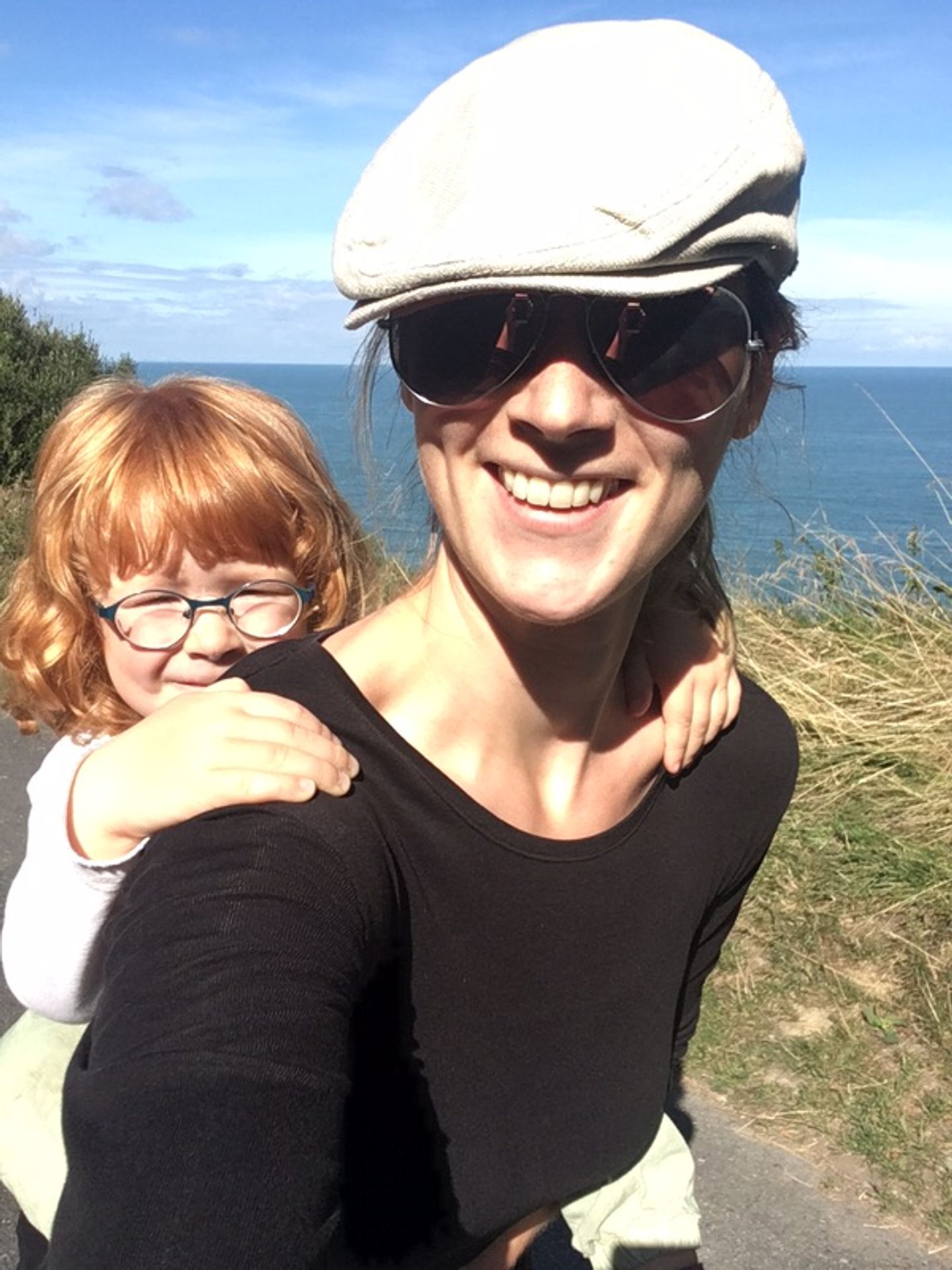
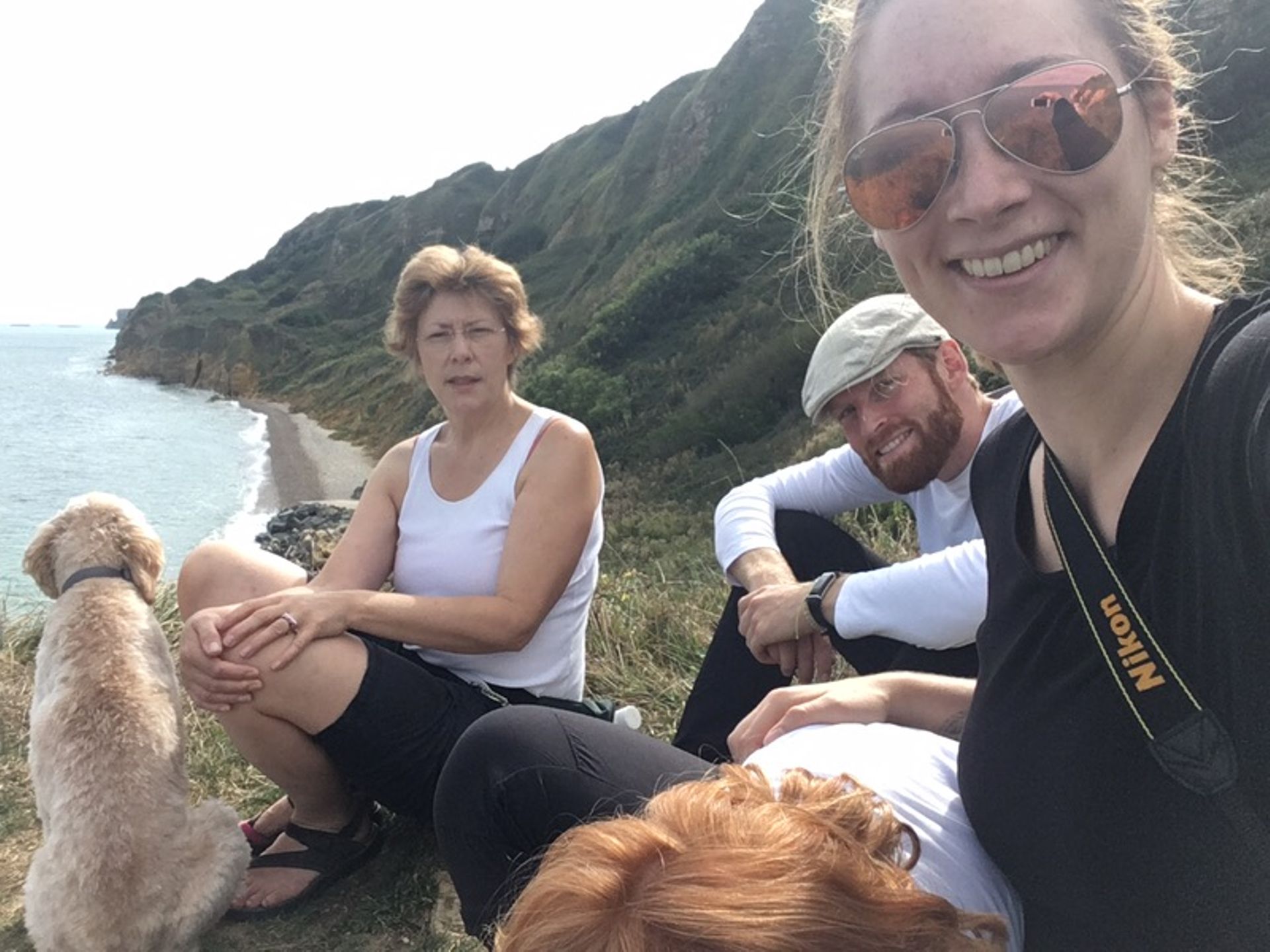
The coast of Normandy has been a popular destination since the time of Napoleon. In the early 19th century, the British high society frolicked here, and the first French seaside resort was established in Dieppe. If you put aside the dark history, the landscape can truly enchant you: the cliffs overgrown with blackberries, ochre-colored sandy beaches with black rocks that extend far out of the light blue water at low tide.
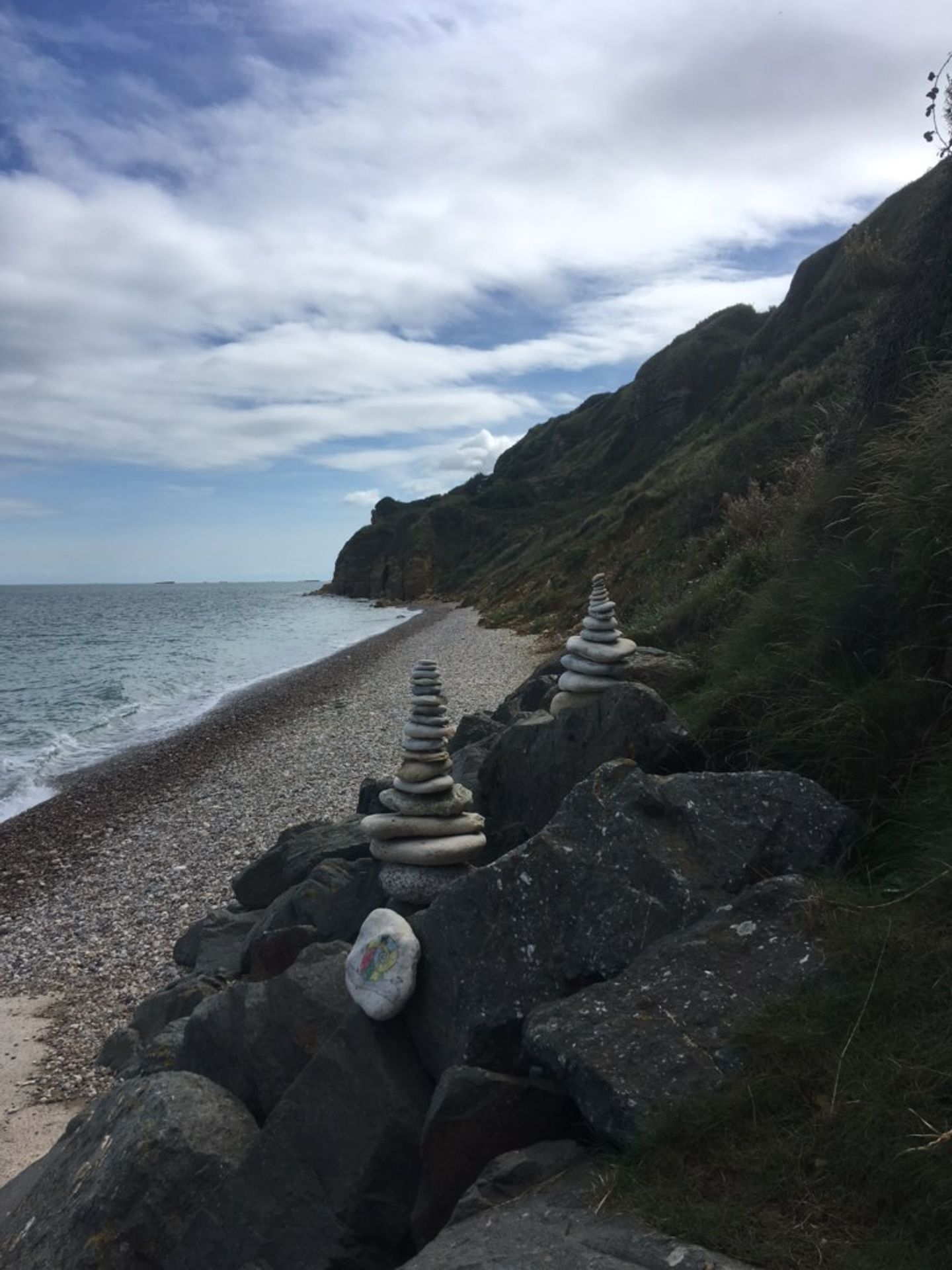
We managed to secure a coveted spot with a view along the coast (even here mass tourism has taken its toll), and we are delighted with the magnificent view.
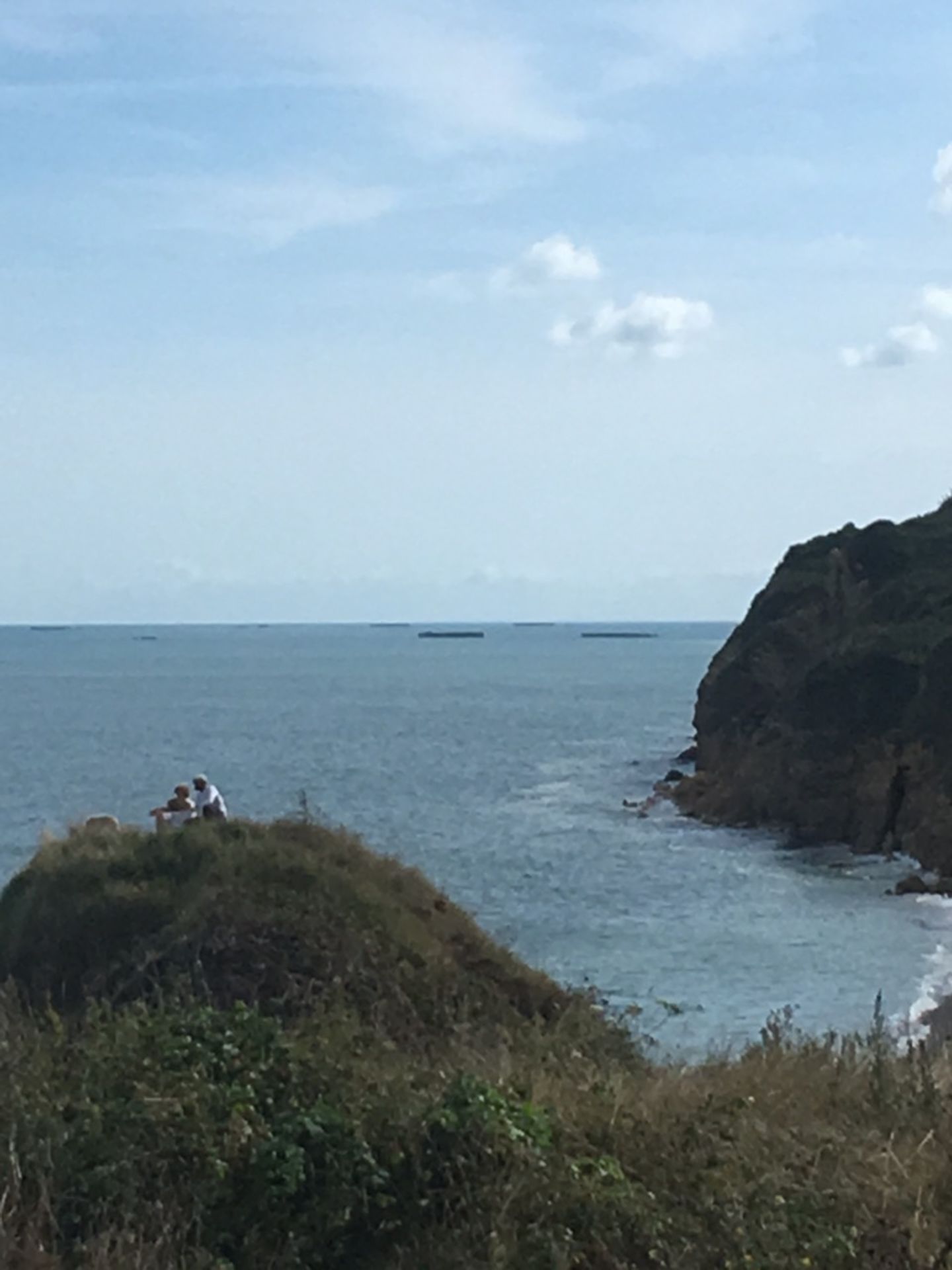
A few kilometers away, parts of the artificial harbor created by the Allies peek out of the waves. Since the Wehrmacht occupied all ports on the coast of Western Europe, an invasion of Le Havre, Cherbourg, Dunkirk, etc. was not possible. Rebuilding the captured ports would have taken years. So, the British developed huge transportable concrete blocks and dragged them across the English Channel to assemble them into a gigantic portable harbor off Arromanches. Still marked by the saltwater, these pontoons lie just a few meters off the idyllic village. It's hard to imagine that here, 40,000 out of the total of 140,000 Allied soldiers who landed here in June 1944, found death. Everything seems so peaceful. The pretty flower arrangements, the souvenir shops, and the ice cream stalls in lovingly restored facades. Quite grotesque in contrast: the military shops, where you can stock up on items from the war years at will. And as a souvenir, quickly take a photo in uniform.
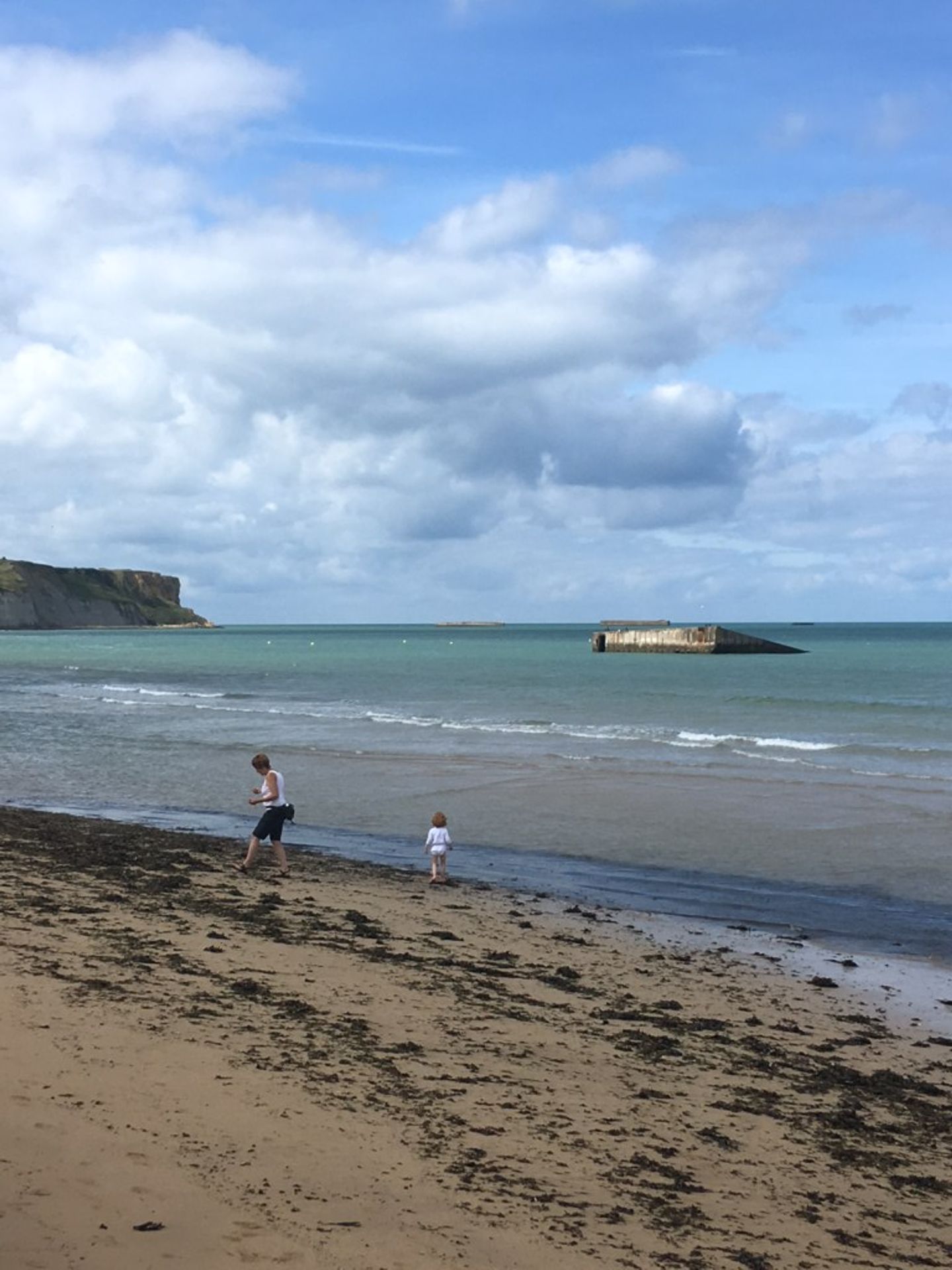
This unimaginable number becomes tangible when you enter one of the countless military cemeteries. Row after row, there are white crosses. As far as the eye can see. In the American cemetery near Colleville Sur Mer at Omaha Beach alone, there are just under 10,000 of them. We feel a sense of unease and an overwhelming feeling of being crushed by this sea of crosses.
Walking through the rows, reading the names of the fallen along with their home country's origin, gives us a tremendous goosebumps! Considering that these soldiers died to liberate an almost completely foreign land thousands of kilometers away, we feel humility and deep gratitude!
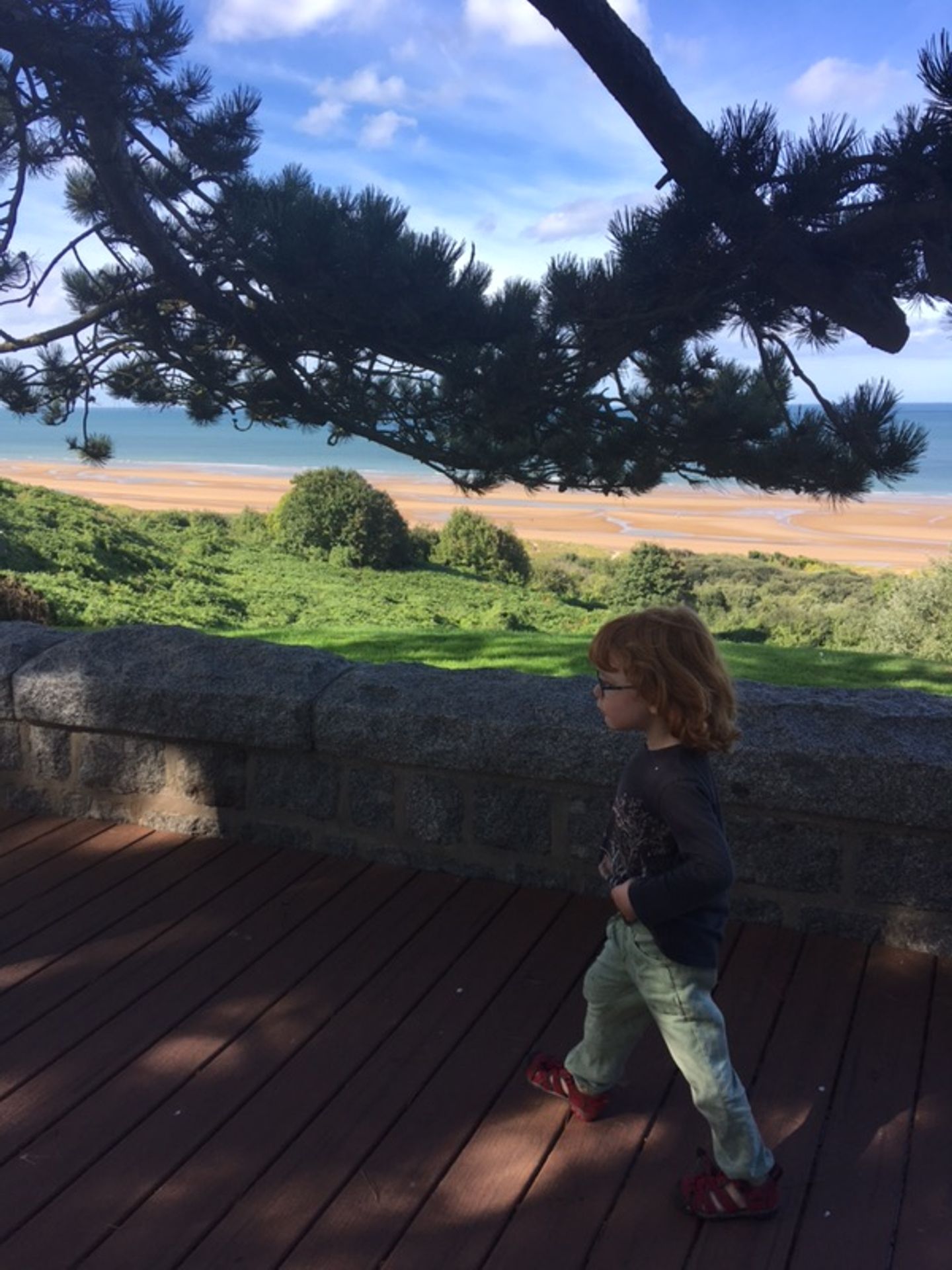
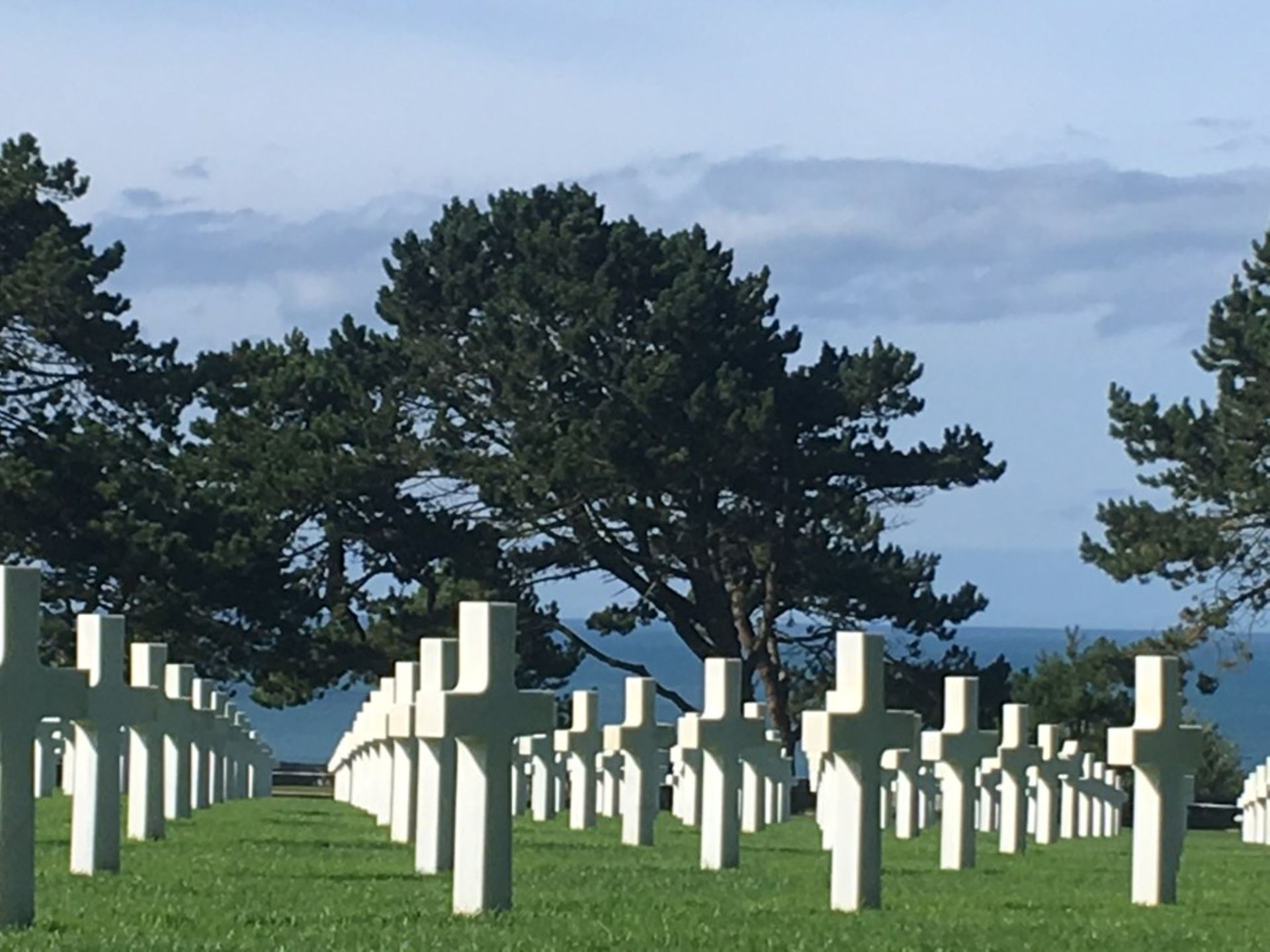
Harpidetu Buletinera
Erantzun

